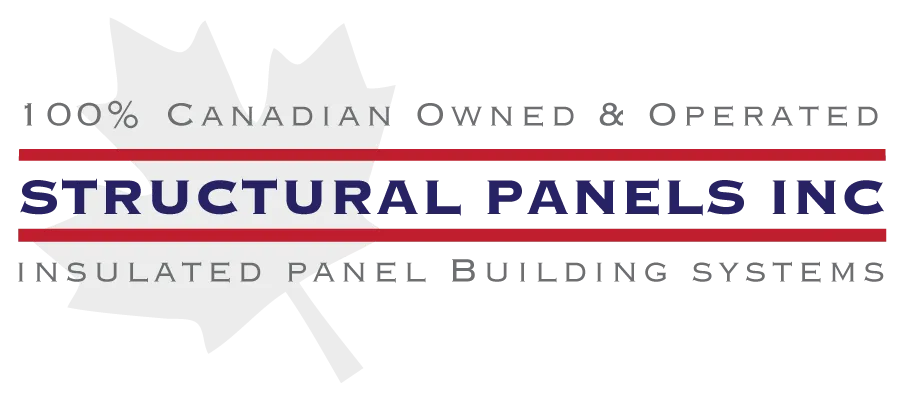PVC wall panels offer an attractive and easy way to clad residential and commercial surfaces. These types of panels can be used on walls, ceilings, and even floors. They’re ideal for a variety of situations, including areas where biosecurity is essential.
As anyone in construction knows, walls, ceilings, and floors don’t always have perfect surface contours. They may be out of alignment, not flush, or have surface flaws that make installing PVC panels seem daunting. However, one of the greatest benefits of PVC panels is their flexibility and ability to be installed on top of any surface. Following are expert tips that will work in almost any situation.
Don’t Worry About Wall Preparation
If you’re planning to install PVC wall panels over damaged walls, don’t worry about preparing the wall ahead of time. With most other wall coverings, you’d need to do a time-consuming plastering job or something else. But due to the nature of PVC panels, you can skip all that. PVC wall panels form a protective barrier between the wall and harmful elements. So you can simply install the PVC wall panels directly over damaged wall surfaces without worry.
Damaged Tiles Can be Safely Clad Over With PVC Wall Panels
Another classic problematic situation is damaged wall or floor tiles in bathrooms. With some other construction materials, you would need to either repair the tiles or remove them before installing cladding. But with PVC panels, you can clad directly over the damaged tiles. The result will be a smooth, attractive finish that does not belie the damaged tiles behind the PVC panels.
What to Do About Blown Out Walls
In some instances, walls have been blown out or they have gaping holes, or wall tiles are loose. In a situation like this, it’s necessary to repair the hole, making it structurally sound before installing the PVC panels. This is simply because the PVC panels require a sturdy surface to attach to. Note that the repair job needn’t be attractive or even done with the same materials as the blown-out walls. Whatever can be used to make the wall structurally sound is fine. It will all be hidden behind the PVC panel anyway.
Consider Using Battens
Battens can be helpful when installing PVC panels, but they aren’t always necessary. In cases where the walls are uneven, battens can make the job easier. This is especially true if you happen to be installing PVC panels over brick walls or brick that’s heavily decayed.
For tiled walls that are uneven, battens also come in handy. In bathrooms or rooms with high humidity, use anti-rot battening, as it will last longer and help to resist moisture.
Ensure Edge-to-Edge is a Good Fit
Our PVC panels come with tongue and groove; designed to make it easy to fit edges together. If for some reason the tongue and groove aren’t fitting easily together, the reason is most likely because the surface is too uneven. This is an instance where battens will be useful since you don’t want there to be pressure on the PVC panels themselves.
Between using battens and PVC panels, cladding any surface has never been easier. When you’re ready to start your next residential or commercial project, consider our PVC panels. Whether you’re cladding a car wash, wastewater plant, or bio-secure facility, we’re certain you’ll be happy with PVC panels. Contact your structural panel representative today to learn more.

